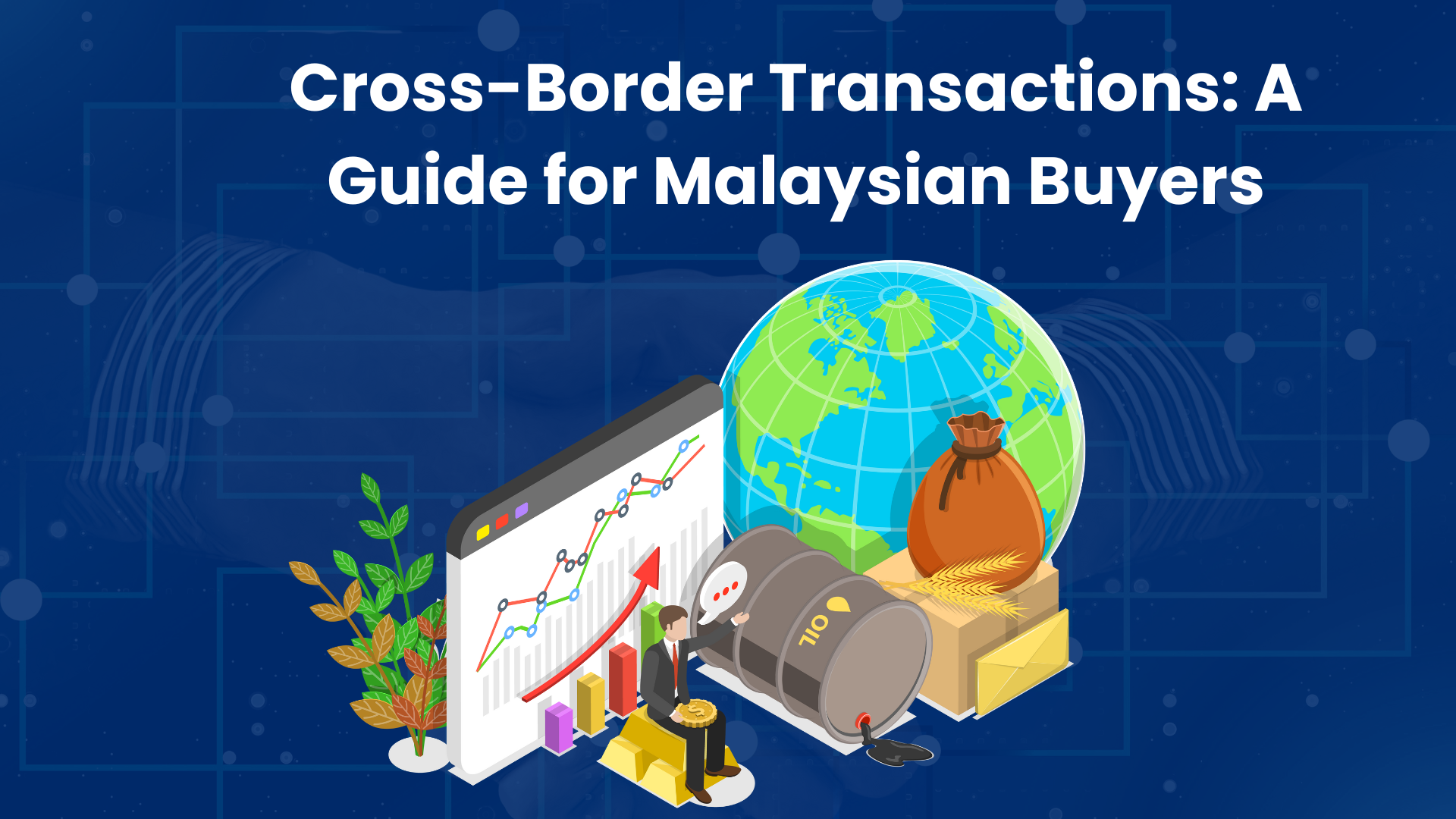-
Nov, Mon, 2024
Cross-Border Transactions: A Guide for Malaysian Buyers
Introduction
In an increasingly globalized world, cross-border transactions are commonplace for Malaysian businesses. Whether dealing with foreign suppliers or selling to international buyers, understanding the e-Invoicing requirements for such transactions is crucial. This guide covers two key areas:
- Goods Sold or Services Rendered by a Foreign Seller (Supplier) to a Malaysian Purchaser (Buyer)
- Goods Sold or Services Rendered by a Malaysian Seller (Supplier) to a Foreign Purchaser (Buyer)
By the end of this guide, you’ll have a clear understanding of how to handle e-Invoicing for these transactions and ensure compliance with Malaysian tax regulations.
Goods Sold or Services Rendered by a Foreign Seller to a Malaysian Purchaser
Overview
In cross-border transactions, when a Malaysian business purchases goods or services from a foreign supplier, the foreign seller issues an invoice or bill as per their local regulations. However, since foreign suppliers are not bound by Malaysian e-invoicing mandates, Malaysian buyers must issue a self-billed e-invoice to record the expense. This is crucial for tax documentation and compliance in Malaysia.

Source: LHDN e-Invoice Guidelines, © LHDN Malaysia.
Steps for Issuing a Self-Billed E-Invoice by the Malaysian Purchaser
When a foreign supplier sells goods or services to a Malaysian buyer, the steps for issuing a self-billed e-invoice are as follows:
Step 1: Invoice Issued by Foreign Seller Once the foreign seller concludes a sale, they will issue an invoice or receipt to the Malaysian purchaser. This invoice will follow the invoicing requirements of the foreign seller’s country and serve as a record of the income generated from the transaction.
Step 2: Malaysian Purchaser Issues Self-Billed E-Invoice To document the expense for tax purposes, the Malaysian purchaser assumes the role of the “supplier” and must issue a self-billed e-invoice. The purchaser should refer to the original invoice provided by the foreign seller to fill in the necessary details. If any required details are missing or not applicable, the purchaser can input “NA” where relevant.
Step 3: Validation by IRBM The self-billed e-invoice will be submitted via the MyInvois Portal or API, as per the guidelines provided by the Inland Revenue Board of Malaysia (IRBM). Once validated, the Malaysian purchaser will receive a notification confirming the validity of the invoice. The foreign seller will not receive this notification.
Step 4: Proof of Expense The validated self-billed e-invoice will serve as proof of the expense for the Malaysian purchaser. There is no obligation for the purchaser to share this self-billed e-invoice with the foreign seller. However, it is essential for the purchaser to retain this document for tax reporting purposes.
Real Life Scenario
Let’s look at a real-life scenario to understand the process more clearly:
Scenario ABC Foods Sdn Bhd, a Malaysian company, has contracted with XYZ Consulting Ltd, a consultancy firm based in Australia, for professional services. XYZ Consulting Ltd issues an invoice amounting to RM150,000 for their services. Since the service is subject to Malaysia’s service tax on imported services, ABC Foods Sdn Bhd needs to issue a self-billed e-invoice for tax purposes.
ABC Foods Sdn Bhd refers to the invoice from XYZ Consulting Ltd to input the required details, such as the service description, transaction amount, and supplier’s details. Since XYZ Consulting Ltd does not have a Malaysian TIN, ABC Foods Sdn Bhd enters “NA” in the TIN field, as per the guidelines.
The self-billed e-invoice is then submitted to the MyInvois Portal for validation, and ABC Foods Sdn Bhd receives a notification from IRBM confirming the invoice’s validity. This self-billed e-invoice is retained by ABC Foods Sdn Bhd as proof of the expense and used for tax reporting.
Conclusion
This article has provided a clear guide on handling e-Invoicing for Goods Sold or Services Rendered by a Foreign Seller (Supplier) to a Malaysian Purchaser (Buyer), along with a practical scenario to illustrate the process. Following these steps ensures compliance and proper documentation for Malaysian businesses dealing with international suppliers.
In our next article, we’ll shift focus to Goods Sold or Services Rendered by a Malaysian Seller (Supplier) to a Foreign Purchaser (Buyer), outlining the requirements for Malaysian businesses exporting goods or services. Be sure to follow our page and stay updated, as this next piece will complete your understanding of e-Invoicing for cross-border transactions.
Stay tuned!


